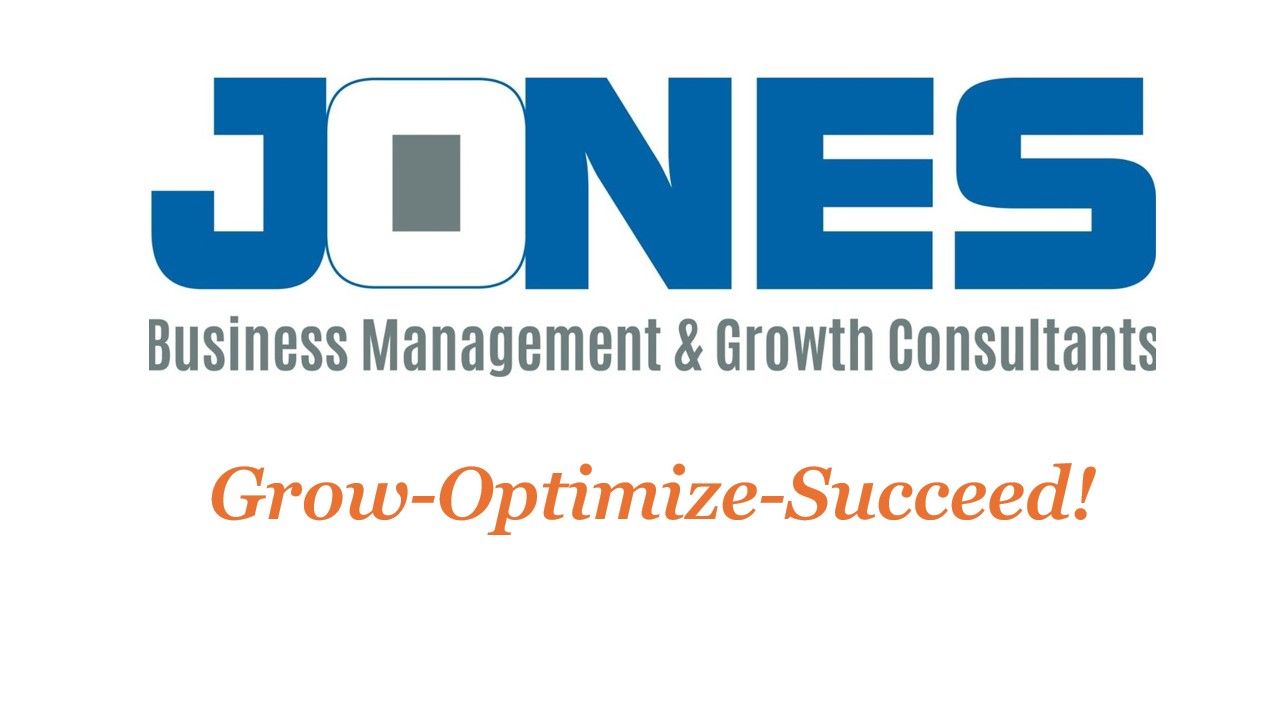The Hidden Costs That Make Landscapers Underprice Jobs
Daniel Jones • September 22, 2025
Why Labor Burden Is the Real Profit Killer

Most landscapers underprice because they overlook the full cost of doing business. It is not just wages. Equipment fuel and repairs, overhead like insurance and office software, your own salary, wasted unbillable time, and even downtime from rain or seasonality all eat into your hourly rate.
But the biggest hidden cost, the one that silently kills your profit, is labor burden.
What Labor Burden Really Means
If you pay a crew member $20 an hour, you are not really paying $20 an hour. Add payroll taxes, Social Security, Medicare, workers comp, and unemployment insurance. Add vacation time, sick days, and the reality that employees are paid for more hours than they are productive. Suddenly, that $20 an hour can become $28, $30, or more.
Every business has its own exact number, but most owners never calculate it. They base their job pricing on the straight wage, which means they are undercharging from day one.
Why Ignoring It Breaks Your Business
When you do not account for labor burden, you are leaving money on the table every single job. That is why so many owners look at their revenue and wonder why nothing is left over after payroll clears. You are not covering the real cost of labor, which means you are working for free without even realizing it.
How to Fix It
The only way forward is to know your actual labor burden rate. Calculate every penny of payroll costs, divide by true production hours, and price your jobs off that number instead of a guess. When you build your pricing on reality, your profit margins stop bleeding.
That is why I created the Profit-Powered Pricing Calculator. It shows you exactly what your labor burden really costs, and it builds that into a pricing system you can trust.
. In less than a week you will know your numbers, fix your pricing, and stop undercharging once and for all.
Do not ignore labor burden. It is the difference between running a business that pays you and running one that runs you.

Most landscapers track total sales, but sales alone do not tell you if you are winning or losing. You can have a record-breaking revenue month and still come up short on profit. The number that actually tells the truth is revenue per hour — how much your business earns for every production hour you work. Why Revenue per Hour Matters Every business only has so many production hours each week. Those hours are your inventory. When you fill them with low-profit jobs or inefficient routes, you waste your most valuable resource. Revenue per hour measures how efficiently you turn your crew’s time into money. It exposes what your “busy” really earns. What It Reveals Underpriced work : Jobs that seem fine on paper but drag down hourly return. Inefficient routes : Too much windshield time and not enough production. Wasted labor : Crews that take longer than the estimate or lack clear systems. Profit leaks : Jobs that look big in revenue but small in margin. When you track revenue per hour, you start spotting which jobs and services actually make sense — and which ones are quietly draining you. How to Calculate It Take your total revenue for a job, route, or week. Divide it by the total billable production hours your crew worked. The result is your Revenue per Production Hour (RPH) . Compare that to your break-even hourly rate — the amount you need to cover all labor burden, overhead, and profit. If your RPH is not comfortably above that number, the job is not profitable. How to Use It Drop or reprice the lowest RPH clients. Focus your marketing on the most profitable service types. Route for density so drive time does not eat production time. Reward crews that consistently hit higher RPH with efficiency bonuses. This is how smart landscapers grow. They do not just add more clients — they make each hour worth more. Your Next Step If you are ready to stop chasing revenue and start maximizing profit, learn how to track and raise your Revenue per Hour using real numbers. Inside my Pricing Fix Sprint , I teach landscapers how to calculate their break-even rate, identify profit leaks, and make every job count. 👉 Join the Pricing Fix Sprint here and start making every hour work harder for you.









